
The 1903 papal conclave followed the death of Pope Leo XIII after a reign of 25 years. Some 62 cardinals participated in the balloting. Emperor Franz Joseph of Austria asserted the right claimed by certain Catholic rulers to veto a candidate for the papacy, blocking the election of the leading candidate, Cardinal Secretary of State Mariano Rampolla.
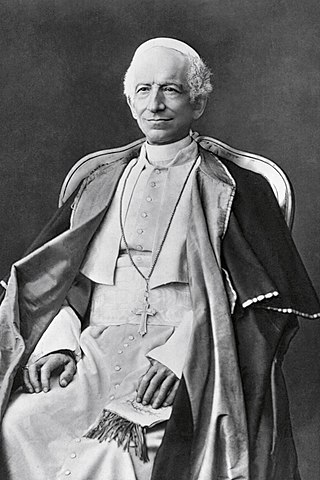
The 1878 papal conclave, which resulted from the death of Pope Pius IX on 7 February 1878, met from 18 to 20 February. The conclave followed the longest reign of any other pope since Saint Peter. It was the first election of a pope who would not rule the Papal States. It was the first to meet in the Apostolic Palace in the Vatican because the venue used earlier in the 19th century, the Quirinal Palace, was now the palace of the King of Italy, Umberto I.
A doctor of both laws, from the Latin doctor utriusque juris, or juris utriusque doctor, or doctor juris utriusque is a scholar who has acquired a doctorate in both civil and church law. The degree was common among Roman Catholic and German scholars of the Middle Ages and early modern times. Today the degree is awarded by the Pontifical Lateran University after a period of six years of study, by the University of Würzburg, and by the University of Fribourg, as well as the University of Cologne.

The cardinal electors in the 1963 papal conclave numbered 82, of whom 80 participated. This papal conclave met from 19 to 21 June 1963. This list is arranged by region and within each alphabetically.

Benedetto Aloisi Masella was an Italian cardinal of the Roman Catholic Church who served as prefect of the Discipline of the Sacraments from 1954 to 1968, and as chamberlain of the Roman Church from 1958 until his death. Aloisi Masella was elevated to the cardinalate in 1946 by Pope Pius XII, whom he designated to canonically crown Our Lady of Fatima.

The cardinal electors in the 1958 papal conclave were 53, of whom 51 participated. This list is arranged by region and within each alphabetically. Two were impeded from attending by their Communist governments: József Mindszenty was confined to the U.S. Embassy in Budapest, and Aloysius Stepinac was under house arrest in Yugoslavia. A 54th cardinal, Edward Mooney of Detroit, traveled to Rome to attend the papal conclave, but died of a heart attack three hours before it began.
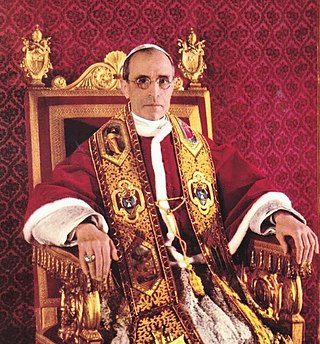
The cardinal electors in the 1939 papal conclave numbered 62 and all of them participated. They are arranged by region, and within each alphabetically.

Ildebrando Antoniutti was an Italian cardinal of the Roman Catholic Church. He served as prefect of the Congregation for Religious from 1963 to 1973, and was elevated to the cardinalate by Pope John XXIII in 1962.

Camillo di Pietro J.U.D. was an Italian Cardinal of the Roman Catholic Church and both Camerlengo of the Sacred College of Cardinals and later Camerlengo of the Holy Roman Church.

The 53 cardinal electors in the 1922 papal conclave are listed by region, and within each alphabetically by country. Seven out of the sixty electors did not participate, three for reasons of health: José María Martín de Herrera y de la Iglesia, Giuseppe Antonio Ermenegildo Prisco, and Lev Skrbenský z Hříště. Joaquim Arcoverde de Albuquerque Cavalcanti of São Sebastião do Rio de Janeiro knew he could not reach Rome in time for the conclave and did not attempt the journey. The other three non-European cardinals–William Henry O'Connell of Boston, Denis Dougherty of Philadelphia, and Louis-Nazaire Bégin of Québec City–did not arrive in time to participate in the conclave. Within a month of his election, Pope Pius XI lengthened the waiting period before the start of a papal conclave to allow cardinals from distant places to participate in the balloting.
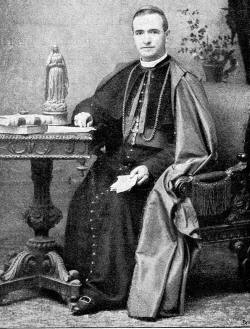
Aristide Rinaldini was an Italian Cardinal of the Catholic Church. He served as Apostolic Nuncio to Spain from 1899 to 1907. He was made a cardinal in 1907.
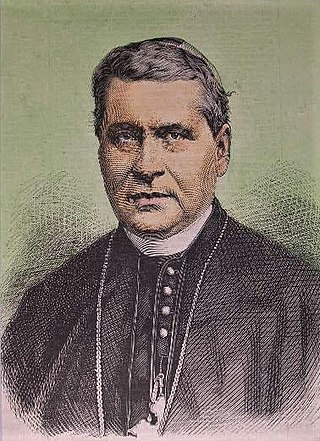
Giovanni Simeoni was an Italian Cardinal of the Roman Catholic Church who served as Prefect of the Sacred Congregation for Propagation of the Faith from 1878 until his death, and was elevated to the cardinalate in 1875.
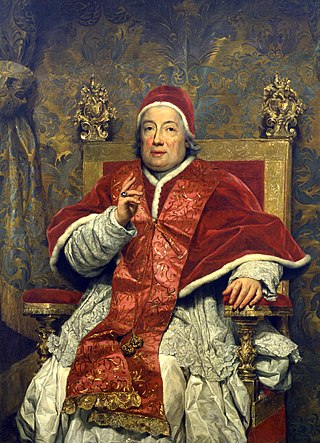
The 1758 papal conclave, convoked after the death of Pope Benedict XIV, elected Cardinal Carlo Rezzonico of Venice, who took the name Clement XIII.

The 1592 papal conclave elected Pope Clement VIII in succession to Pope Innocent IX.
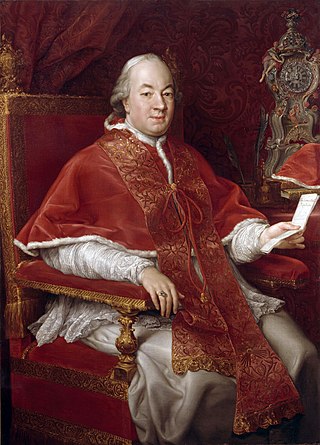
The 1774–75 papal conclave, was convoked after the death of Pope Clement XIV and ended with the election of Cardinal Giovanni Angelo Braschi, who took the name of Pius VI.

Fabrizio Spada was an Italian Cardinal of the Roman Catholic Church, and served as Secretary of State under Pope Innocent XII.
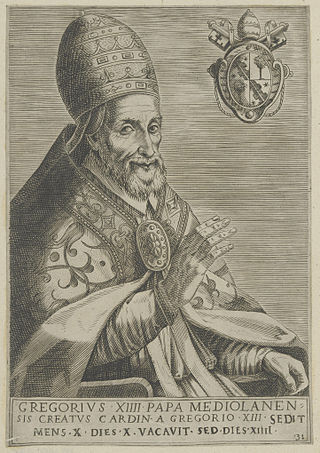
The October to December 1590 papal conclave was the second conclave of 1590, and the one during which Gregory XIV was elected as the successor of Urban VII. This conclave was marked by unprecedented royal interference from Philip II of Spain.

Bandino Panciatici as a Roman Catholic cardinal from 1690 to 1718.

Giacomo Cantelmo was a Roman Catholic cardinal from 1690 to 1702.

Giovanni Garzia Mellini was a Roman Catholic prelate who served as Cardinal-Bishop of Frascati (1629), Cardinal-Priest of San Lorenzo in Lucina (1627–1629), Camerlengo of the Sacred College of Cardinals (1623–1625), Archpriest of the Basilica di Santa Maria Maggiore (1622–1629), Cardinal-Priest of Santi Quattro Coronati (1608–1627), Archbishop of Imola (1607–1611), and Apostolic Nuncio to Spain (1605–1607).



















